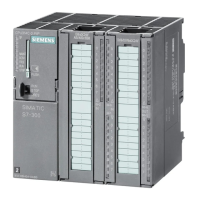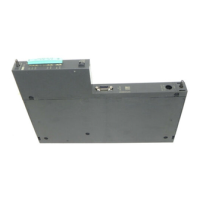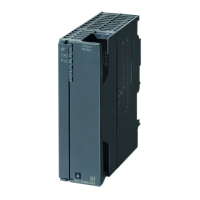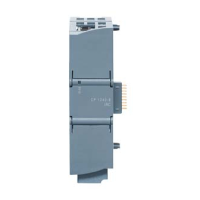Cycle and reaction times
5.4 Calculating method for calculating the cycle/response time
CPU 31xC and CPU 31x, Technical Data
5-18 Manual, 01/2006 Edition, A5E00105475-06
5.4 5.4 Calculating method for calculating the cycle/response time
Introduction
This section gives you an overview of how to calculate the cycle/response time.
Cycle time
1. Determine the user program runtime with the help of the
Instruction list
.
2. Multiply the calculated value by the CPU-specific factor from the table
Extension of user
program processing time
.
3. Calculate and add the process image transfer time. Corresponding guide values are
found in table
Data for calculating process image transfer time
.
4. Add the processing time at the scan cycle checkpoint. Corresponding guide values are
found in the table
Operating system processing time at the scan cycle checkpoint
.
5. Include the extensions as a result of testing and commissioning functions as well as
cyclical PROFINET interconnections in your calculation. These values are found in the
table
Cycle time extension due to testing and commissioning functions.
The final result is
the cycle time.
Extension of the cycle time as a result of interrupts and communication load
100 / (100 – configured communication load in %)
1. Multiply the cycle time by the factor as in the formula above.
2. Calculate the runtime of interrupt processing program sections with the help of the
instruction list. Add the corresponding value from the table below
.
3. Multiply both values by the CPU-specific extension factor of the user program processing
time.
4. Add the value of the interrupt-processing program sequences to the theoretical cycle
time, multiplied by the number of triggering (or expected) interrupt events within the cycle
time. The result is an approximation of the physical cycle time. Note down the result.
See also
Cycle extension through Component Based Automation (CBA) (Page 5-10)
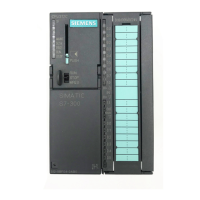
